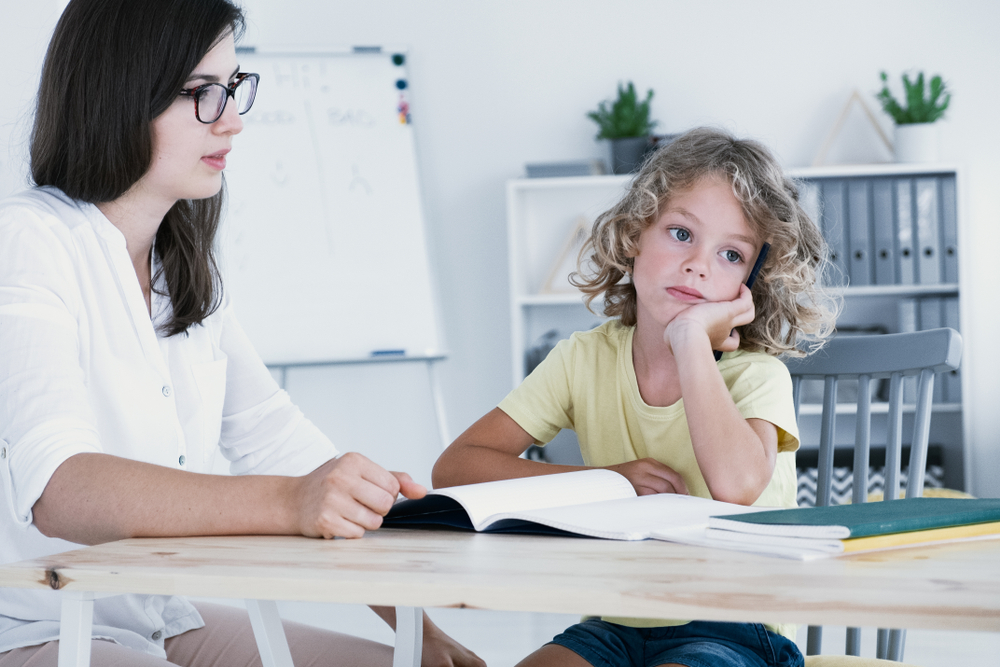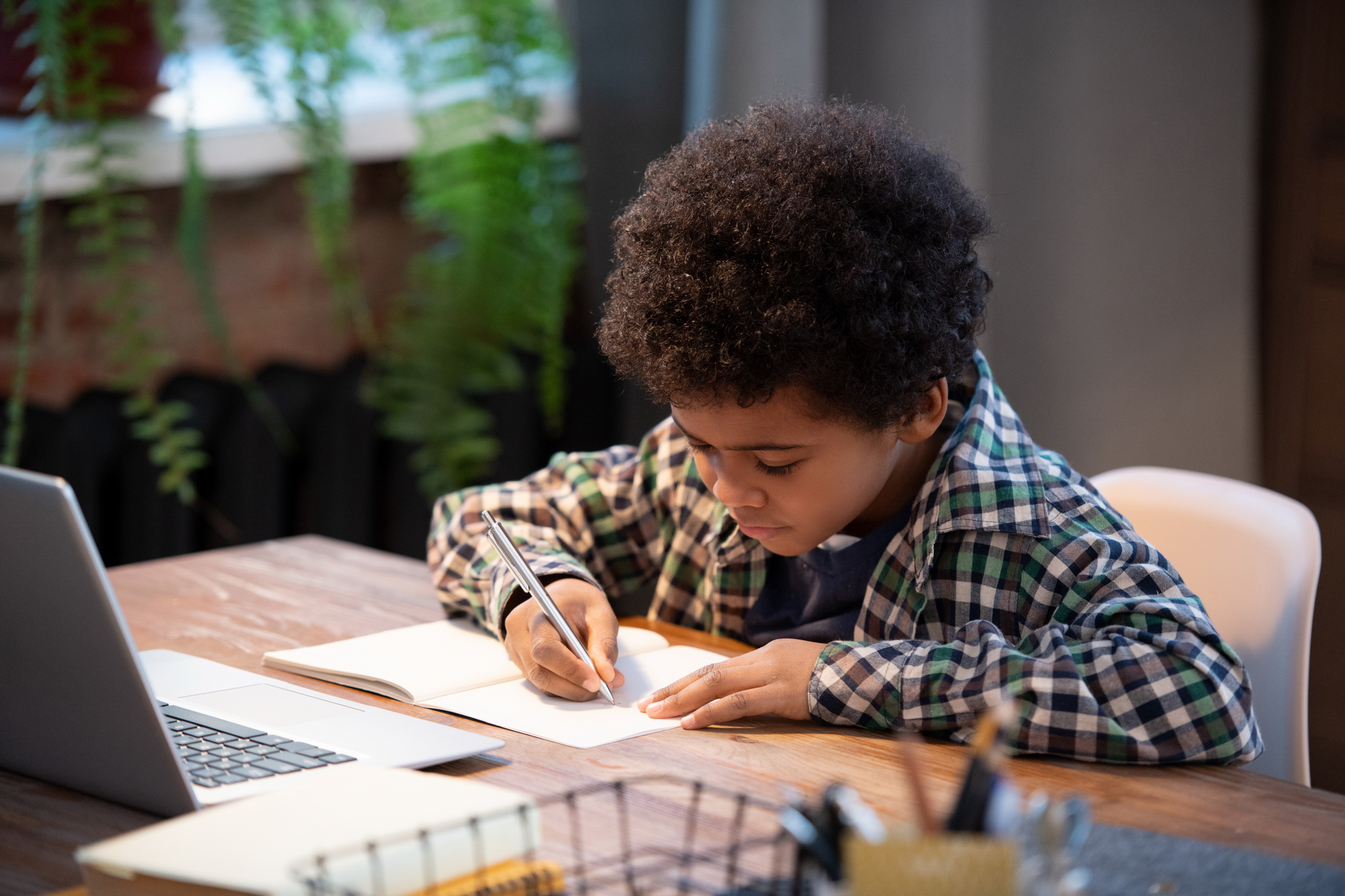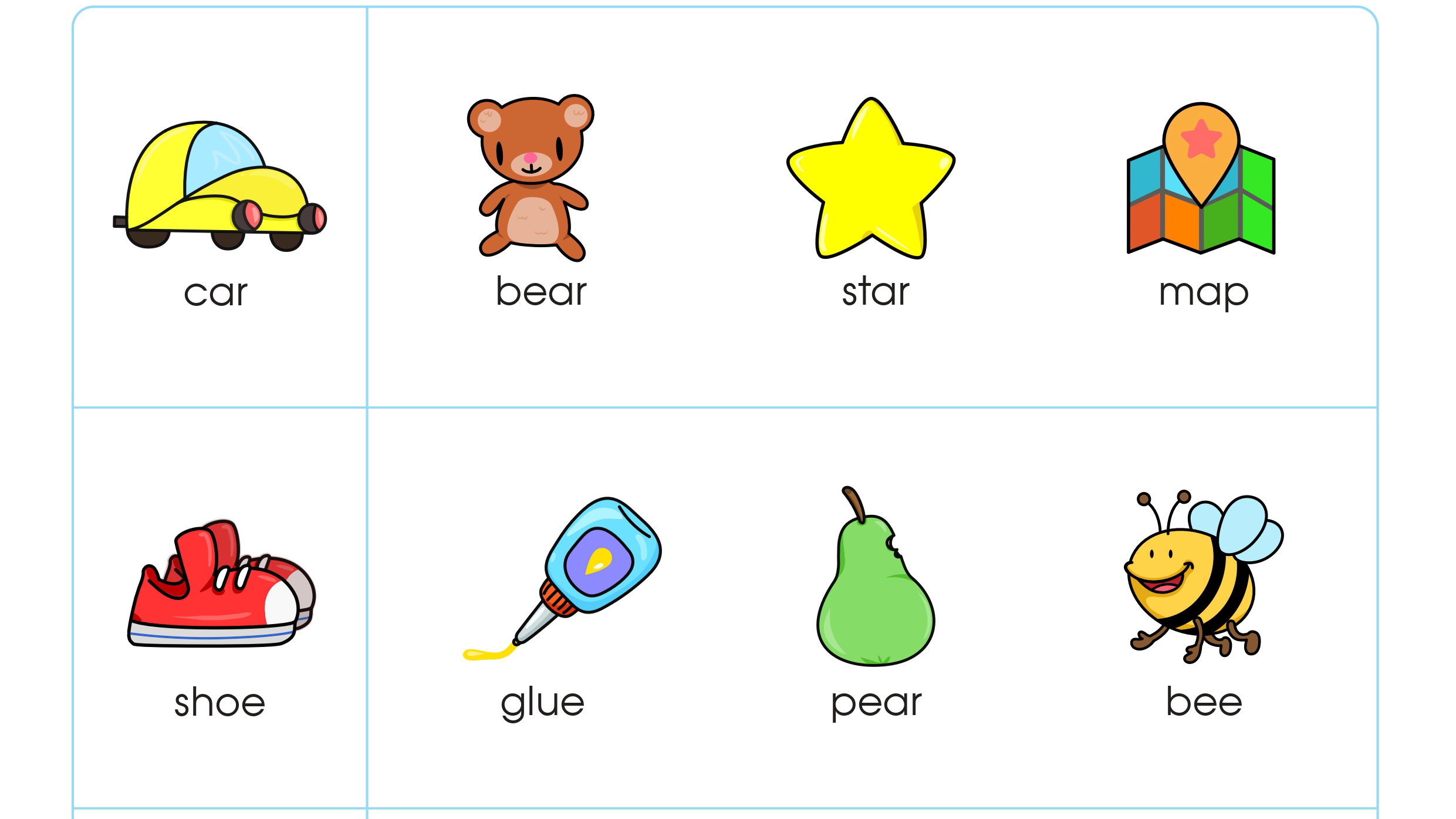Strategies for Going Digital as a Means of Learning for Children with ADHD
April 27, 2021

Most people do not find it hard going digital for their learning strategy, this pandemic has driven everyone to face learning by themselves, but as far as parents are concerned, it has become difficult; being a teacher for a school year is not an easy task. Going digital to accommodate all students was the schools’ solution, however, it is in the ability of parents to help the child and think of all the strategies that will best benefit their child. It is not easy for parents to homeschool their children, and parents of children with Attention Deficit Hyperactivity Disorder (ADHD) face special challenges.
It is natural that we worry about children whose attention and concentration are not as strong, and staying at home means having more distractions, and sometimes children usually classify home as a safe space with no work and just fun. Some may benefit from digital learning and others will think of it as more challenging. Children with ADHD may not find this new way of learning as easy, retaining their attention and controlling behaviors is another factor a parent should be worried about aside from making sure that their child is learning. Certain behaviors are targeted in the classroom but not as much at home.
These are some behaviors targeted for classroom observation:
- Problems of lack of attention, such as being easily distracted, making careless mistakes, or failing to complete tasks in time;
- Problems of hyperactivity, such as fidgeting, getting out of an assigned seat, running excessively in class or hitting a classmate;
- Problems of impulsivity, such as blurting out answers to even without being asked to or interrupting the class;
- More challenging behaviors, such as being aggressive or severe disruptive behaviors that greatly affects the class.
These behaviors can be managed at school, and for children with special needs who often identify the school as a place for them to behave and study, it would be a change in the environment if they will be doing school activities at home rather than at school. Another advantage of being at school is that it gives the child opportunities for socialization, this skill is usually targeted at school where they are surrounded by peers of the same age and it helps to develop understanding, play and speech. But this might not be the case for everyone, every child is different, there are that tend to focus more when working alone without the distractions of being with peers.
Haftan Eckholdt, a developmental psychologist and chief science officer at Understood, a nonprofit that serves people who learn and think differently says that “Despite the challenges, distance learning can work well for some students with ADHD.” "There are certainly kids where not being around peers actually makes it easier for them to focus, and they feel like they have a lot more control and a lot less distraction," he says.
Using technology and becoming digital is the key to the child's continuous learning, and this could help children with ADHD to be more focused and attentive if they are used properly. Find the areas with which your child is most struggling with, can be memory, processing speed, attention or impulsiveness. Identifying your child's weakness will help you develop a learning strategy that your child will likely benefit from. Furthermore, you should be able to highlight the child's strengths and use it as reinforcement for the child.
How Do We Start?
The objective of applying it should always be clearly defined, to adjust teaching strategies as necessary. There are many online teaching resources for these types of students that you might find helpful.
- Talk to the child, let him/her know the purpose of digital learning, you can tell the child that it is like a game, but it will help the brain grow stronger.
- Managing routines and setting goals and expectations, it is always important for the child to know the benefits he could draw from it, he/she might want to read faster, be better in math, etc.
- Observe the child while they work and write down all the factors with which you see that they are struggling, certain behaviors during a specific task will say a lot about their interest and weaknesses.
- Creating an environment that has minimal distraction, each child has different learning styles, finding one that best suits the child, white noise can help them focus more, or may be having something to fidget, as long as it does not interrupt the child's learning. A study revealed that the harnessing (not stopping it) turns uncontrolled tapping, leg shaking, etc. into controlled movements. In turn, this can lead to increased focus.
- Give them regular breaks, play with them during that time to develop the communication skills.
- Finally, praise the child, even if he/she didn’t get all the correct answers, or he/she just got 2 or 3 rights, praise your child for doing his best.
Guide the child as they work but do not overdo it, remember that what we are aiming is for them to work with minimal supervision. If you notice that they find something difficult, break down activities or divide the activities so that they don't feel overwhelmed, simplify the instructions if necessary, to make them understand easily. It is okay for a child to get frustrated but be sure to be there to motivate them and remind them that it’s alright to get a mistake; you must be the child’s coach and teacher.

Using digital as a learning tool for children with ADHD
- By using academic applications that require the student to become interactive, applications that provide visual stimuli, in a form of different colors, shapes or size that will foster the child's sustained attention.
- Use distraction-free applications that will limit access to certain Internet pages such as Facebook, Youtube, etc.
- Giving them easy online activities first that you know they can do well to; this will help them to have confidence.
- Online strategy games that have time limits to help them concentrate more and be aware of time.
- Having them play brain exercises that’ll help control impulsivity such as matching games and memory games.
- Games that will help the child with their auditory treatment such as phonetic games or musical games.
- Interactive reading games that will help them read along like Vooks.com Poetry4kids.com
- Mixing study styles, even with digital learning, it is still best for the child to work without screen. Give them some screen breaks.
- Apply the principles of video games to their teaching methods. The concept of “gamification” in the educational system could be very effective in keeping the child motivated, especially if the child has some learning difficulties.
The Pros and Cons of Digital Learning
The transitions from face-to-face classes to online classes were sudden, not everyone had time to prepare for the changes. Parents are not only concerned about their work now, but they are also concerned about how they will teach their children, how they will manage them. And digital learning comes, websites that teach children using educational games and videos that explain a specific lesson. All this has happened within a single period of one year, everyone has to adapt to the new normal. Just like any other, digital learning has its advantages and disadvantages.
The use of technology can be an excellent way to engage students with learning, as well as to be connected to each other. The advantages of digital learning are that (1) improved learning by online technologies follows the "anytime and anywhere" principle. Being able to personalize and be flexible are the main keywords when we think about digital learning. (2) There are fewer distractions; children with ADHD may find that doing school from home or having digital learning have fewer distractions than in a physical school. A solo learning environment may be helpful and help them focus on what is most important. (3) Working at their own pace, one of the greatest advantages for online learning is the additional ability to work at your own pace. If your child likes working faster or needs a little more time and explanation while working, online learning may be a great fit for them. (4) A new environment of learning. Even just a simple change of environment can do wonderful things for a child who is easily distracted or overstimulated. (5) More one on one time. This is a great advantage for many online learning platforms.
Furthermore, digital learning has its drawbacks (1) less social time, a standard school experience provides a lot of social time. This is a problem that is easily remedied, though. School doesn’t have to be the only time your child is able to be social. Having scheduled social times throughout the week will help with this. (2) Multi-role parent, there are parents who struggle with learning to take on the additional role of being not only a parent, but also supervising the education of their children. It is important to scrutinize whether this new role of being a teacher will improve or affect your relationship with your child. (3) Less structure, because some children find that, not being in a physical class every day, they have a difficult time with lack of structure for their days. Perhaps they may think that they have the free reign of their days, even when what they really need is to continue doing their homework during the days. If this is something your child is struggling with, setting structured learning environment and having a scheduled working hours during the week may help them succeed. (4) Internet dependency, this is quite common for children, parents should be able to manage the way the child uses technology.
As a parent, be sure to be there for the child, manage your expectations and remember that your child is also transitioning to a new learning environment, it might take time for them to get used to digital learning. Addressed the child’s struggles and behaviors, make sure that they will feel great and accomplished.
About the author
Jorezza Antonio - Behavioral Therapist.
Metro Manila, National Capital Region, Philippines.
Links and references
- Söderlund, G.B., Sikström, S., Loftesnes, J.M. et al. The effects of background white noise on memory performance in inattentive school children. Behav Brain Funct 6, 55 (2010). https://behavioralandbrainfunctions.biomedcentral.com/articles/10.1186/1744-9081-6-55
- Hamilton, J. (2020) Remote Learning's Distractions Put Extra Pressure On Students With ADHD. https://www.npr.org/sections/health-shots/2020/09/01/907995034/remote-learnings-distractions-put-extra-pressure-on-students-with-adhd
- Heller, C. (2017) Harnessing Fidgeting to Improve Focus P. 49
- ATTN_Fall_17_FIDGETING.pdf
- Sudicky, P., Zounek, J. (2013) Heads in the Cloud: Pros and Cons of Online Learning.
- The Pros and Cons of Online School for Children with ADHD. https://mountainheightsacademy.org/the-pros-and-cons-of-online-school-for-a-student-with-adhd/










